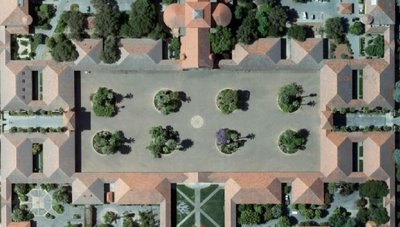by Malte Ackermann
http://www.innovationjournalism.org/archive/injo-9-1.pdf


 Innovations help to ensure a company’s success if they are communicated appropriately in their innovation ecosystems. Virtual worlds offer interesting possibilities in this context. On the basis of a multiple case study analysis, this paper examines the fields of use, the potential and the limits of innovation communication in the virtual sphere. The area of study was the 3D online world “Second Life”. It is characterized by its high profile, a realistic design and far-reaching business opportunities and has, moreover, already provided first examples of how companies have used such online communication in innovation management processes. With the help of case studies of eight companies from different industry sectors, the potential for innovation communication available in virtual worlds will be illustrated: these include the identification of trends, the generation of ideas, marketing new products and positioning the organization behind these products as an innovator.
Innovations help to ensure a company’s success if they are communicated appropriately in their innovation ecosystems. Virtual worlds offer interesting possibilities in this context. On the basis of a multiple case study analysis, this paper examines the fields of use, the potential and the limits of innovation communication in the virtual sphere. The area of study was the 3D online world “Second Life”. It is characterized by its high profile, a realistic design and far-reaching business opportunities and has, moreover, already provided first examples of how companies have used such online communication in innovation management processes. With the help of case studies of eight companies from different industry sectors, the potential for innovation communication available in virtual worlds will be illustrated: these include the identification of trends, the generation of ideas, marketing new products and positioning the organization behind these products as an innovator.
 IJ-5, the Fifth Conference on Innovation Journalism took place at Stanford University 21-23 May 2008. The conference materials have since then been available on the conference website. They can as from now also be referred to through the Innovation Journalism Publication Series.
IJ-5, the Fifth Conference on Innovation Journalism took place at Stanford University 21-23 May 2008. The conference materials have since then been available on the conference website. They can as from now also be referred to through the Innovation Journalism Publication Series.
 IJ-4, the Fourth Conference on Innovation Journalism took place at Stanford University 21-23 May 2007. The conference materials have since then been available on the conference website. They can as from now also be referred to through the Innovation Journalism Publication Series.
IJ-4, the Fourth Conference on Innovation Journalism took place at Stanford University 21-23 May 2007. The conference materials have since then been available on the conference website. They can as from now also be referred to through the Innovation Journalism Publication Series.
Innovation Journalism Vol.1 No.4,
By Marcus Lillkvist.
The sparse journalistic coverage of innovation-based startup companies could be explained by a lack of methods and tools for journalists striving to cover these companies. This paper describes new journalistic methods for covering startups.
About the 2004 Innovation Journalism Fellowship Program and how to apply for it. In Swedish only. External link to VINNOVA’s website.
Innovation Journalism Vol.1 No.3,
Innovation Journalism Vol.1 No.2,
Program for the First Conference on Innovation Journalism, held at Wallenberg Hall,
Innovation Journalism Vol.1 No.1,
By David Nordfors
Reprint of VINNOVA Information VI 2003:5 ISSN 1650-3120, October 2003